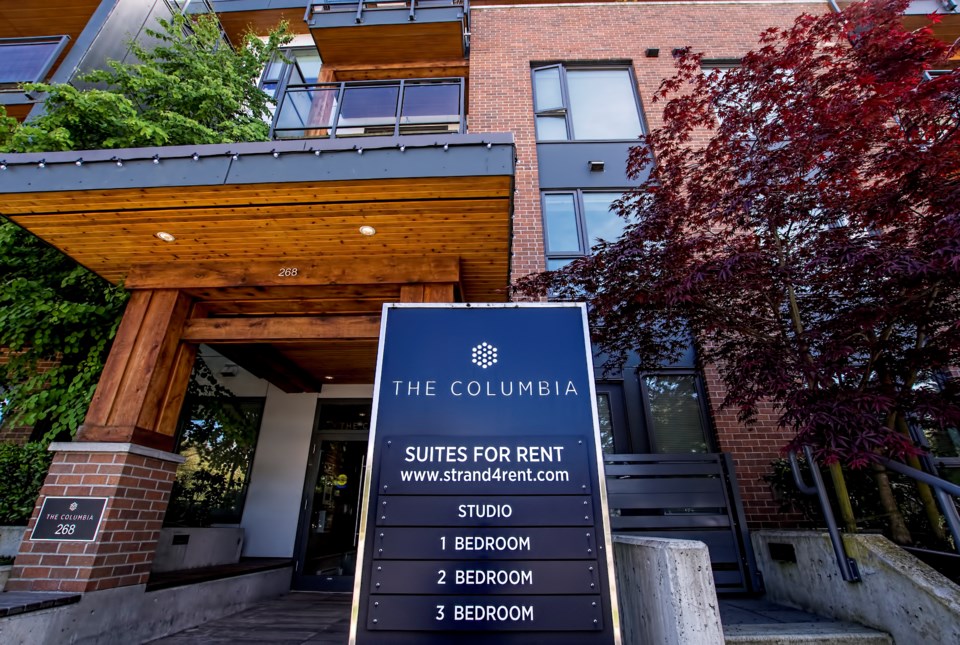Building 2.2 million purpose-built rental units in under a decade sounds like an impossible task.
Despite the obvious challenge, a roundtable of housing experts from the private and non-profit sectors is providing the government of Canada with 10 recommendations on how to achieve this goal.
Canada will have to build 5.8 million homes over the next seven years to restore affordability, with 2.2 million of that being dedicated to purpose-built rental, according to an Aug. 15 report by housing experts brought together by the Real Property Association of Canada (REALPAC) and Canadian Alliance to End Homelessness.
“It's an enormous mountain to climb, given that we've only built 570,000 units of rental housing in the last 30 years. We are talking about tripling – almost quadrupling – in seven years what we've built in the last 30 years,” said Michael Brooks, CEO of REALPAC, an association of executives in Canadian commercial real estate.
Nationally, the highest number of purpose-built rental units were built between 1970 to 1974. Fewer units were built in the last 42 years than in the 20 years from 1960 to 1979, according to the report.
B.C. constructed 54,499 purpose-built rental units between 2018 and 2020. The province ranks second in Canada for the most rental units built during this time, while Quebec leads with 108,021 units constructed.
To boost these numbers, the roundtable report suggests that the federal government address bottlenecks such as a lack of co-ordination, labour issues, high costs, inability to get timely approvals and the insufficient construction of non-market housing, among others.
“It's so hard to get any approvals in Vancouver,” said Brooks, who highlighted streamlining approvals as an area for B.C. to focus on.
“They're very NIMBY focused … Local residents like their [situation] and they like that their house prices are worth a lot of money. It's really tough to shoehorn in density in those areas. So it's a different challenge altogether in Vancouver.”
The report also recommends the feds reform Canada Mortgage and Housing Corp.’s (CMHC) fees and the federal tax system.
More specifically, they recommend eliminating GST and HST on purpose-built rental units in addition to providing low-cost, long-term fixed-rate financing to incentivize more construction.
“Once you finish constructing your apartment building, it's a huge cheque to write before you have any occupancies or you've got cash coming in,” Brooks said.
The report also recommends the need to increase support for low-income renters.
Three per cent of Canadians aged 15 years and older lived in subsidized housing as of 2021. This represents roughly 842,000 people nationwide, according to an April 2023 Statistics Canada report.
“Tenants still don't have the choice to move and find something at a roughly equivalent rate, particularly in the rent-controlled provinces,” Brooks said. “That will leave people at the bottom behind because there won't be enough suitable units that they can afford. That's one reason why we needed to prioritize social housing and below-market rental units.”
The average monthly rent across Canada on a one-bedroom apartment has increased at or above the nation’s two per cent inflation target for each of the past 13 years, according to the Canada Mortgage and Housing Corp.
Other recommendations include the creation of a co-ordinated plan with all three levels of government that include stakeholders such as Indigenous and labour groups. The report highlighted the need for checks and balances to enhance accountability.
To address labour issues, the report also suggested that the federal government create a national workforce and immigration strategy on housing as well as reform the National Building Code.
“Even if we get all the financing and tax and everything else going, we still have this labour issue. We don't have the people to build triple or almost quadruple what we built in the last 30 years,” he said.
“We need innovation, we need to be looking at cross-laminated timber, we need to be looking at … manufacturing for this kind of housing to be completed in that kind of timeframe.”




